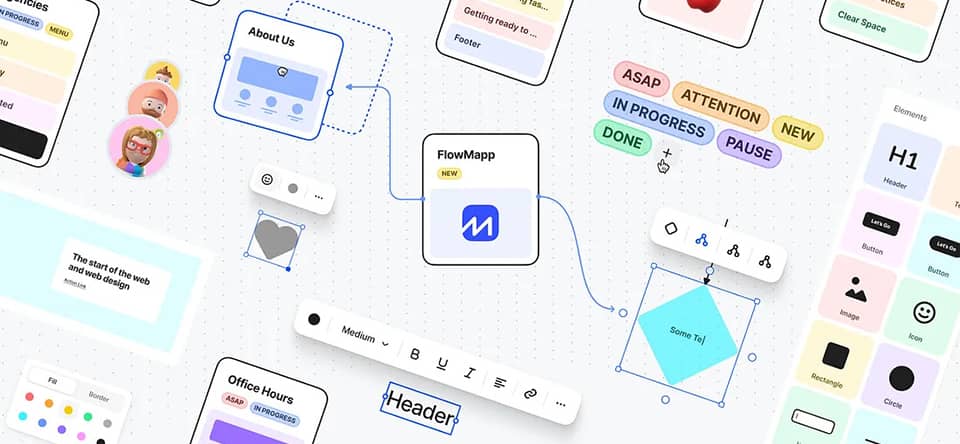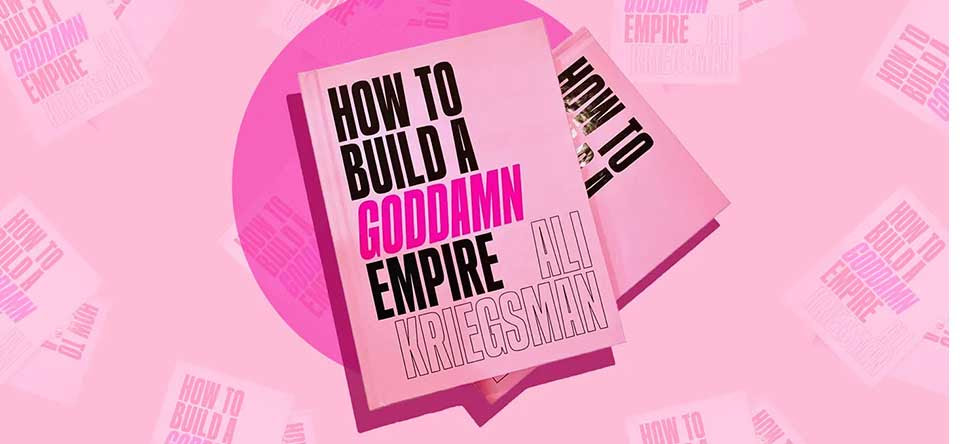Issue 019: How a Founder Hit $10k MRR in Just 30 Days With No Marketing Budget, A Popular Advice that Sabotages Your Business, and More

January 22, 2025 | #019 | Free Version
Welcome to Startup Blitz, a weekly newsletter full of timeless ideas and insights you can use in your online business.
🪙 How Finn Mallery reached $10k MRR in just 30 days with his new startup
💥 A common startup advice that might sabotage your business
🧑 7 strategies Paul Mit used to grow his UX product to 320k users with a $0 marketing budget
📈 How to build a brand from the ground up
Not subscribed? Learn more and sign up.
How a Founder Hit $10k MRR in Just 30 Days With a Single Marketing Channel

Finn Mallery is the founder of Origami Agents. It’s an AI tool that automates sales research and finds leads for your business.
In a Twitter post, Mallery shared how he hit $10k in monthly recurring revenue (MRR) within 30 days with just one marketing strategy: cold emails.
Step 01: Create a Customer Profile
“The goal here is to create such a perfect customer, that if they heard about your solution they would have no choice but to say “tell me more”. Think about everything that would need to be true about the problems the company faces for your product to be the magic fix.”
Step 02: Build Your List
Step 03: Write a Killer Email
1. Keep it Short: Aim for 5–8 sentences. Since 70%+ of emails are read on mobile, make sure all key points fit within one screen view.
2. Use Short Paragraphs: Break up lines after 1–2 sentences. This makes the email easy to skim.
- “Can I send you some thoughts on solving this issue?”
- “Cool if I send a personalized loom on how you could do X?”
- “Got an awesome outbound growth strategy, let me know if that would be of interest.”
Remember, cold email results take time. Don’t get discouraged if you don’t hear back right away.
Step 04: Talk to Prospect on the Phone
Once a prospect agrees to a call, focus on learning about their problems and getting them excited about your solution.
“Unless you already have product-market fit, it doesn’t matter if you have a fully built product/demo. You still need to spend 90%+ of your time figuring out what the customer actually needs,” Mallery explains.
Once you’ve gathered enough information, walk them through exactly how your product solves their problems and what results they can expect.
Step 05: Close the Sale
Closing a deal doesn’t need to be complicated.
“At the end of the call ask if we could deliver [solution to your problem], would you be willing to pay X for it?”” Mallery says.
Consistently Iterate your Strategy
“You should keep adjusting this with every positive email response, call, and sale. This is your iteration loop to keep getting better.”
In the first 40 days, Mallery and his co-founder sent 3,119 emails (about 77 per day) and achieved a 5.3% response rate. This led to demos with 64 founders and $22k in new MRR.
Is This Common Startup Advice Actually Sabotaging Your Business?

Rippling is an HR startup that has grown to a $13.5 billion valuation and employs more than 3,200 people.
In a TechCrunch interview, Rippling’s co-founder and CEO, Parker Conrad, shared a piece of advice that goes against common startup wisdom.
By embracing the most uncomfortable parts of your business, you can ensure that these areas don’t become a weak link. In the long run, this can lead to more resilient leadership and a stronger company overall.
7 Strategies a Founder Used to Grow His UX Product to 320k Users

Paul Mit is the co-founder of FlowMapp, an AI-driven platform for creating website sales proposals.
In a Medium article, he shared the growth channels he used to grow the company to 320K users.
Here are our favourite of his growth strategies:
1. Publish on Medium
FlowMapp has a blog on its website (for SEO purposes). But they also publish their articles on Medium.
02. Collect Reviews on External Platforms
“Social proof is very very very important for people to make a decision to pay for your service. Collect it on platforms, share on your socials, put on the website, and include in newsletter,” advises Mit.
03. Pay Attention to Micro-Media
Don’t wait for big publications like TechCrunch to notice you. Focus on smaller media outlets and blogs in your niche.
“It’s better to have 10 mentions (and external links) in small media websites, rather than 1 in big,” says Mit.
04. Build Relations with Influencers
Engage with influencers and opinion leaders in your industry. Reach out for their support, ask for reposts, and offer value in return. Building genuine relationships with these figures can help grow your reach.
05. Be Active on Social Media
Mit recommends starting early on social media:
- Begin posting well before your launch.
- Build your personal brand as a founder and encourage co-founders to do the same.
- Grow your social capital and network. This can open doors to many opportunities.
06. Be Active in Communities
“Be visible in communities where your audience is active: Reddit, Indie Hackers, LinkedIn, Telegram groups, Slack communities, etc. If you can get not only the founder involved, but the rest of the team as well,” says Mit.
07. Look for Partnerships
Search for opportunities to collaborate with similar startups.
“We had co-promo in socials, featuring in newsletters, interviews in blogs, etc. Opportunities appear wherever you are proactive. Get to know each other, make suggestions. It’s not as hard as it seems!” advises Mit.
“Everyone do marketing, so look for teams who are on the same level as you for audience sharing and mutual growth.”
You can read the full article to learn all the strategies Mit used to grow FlowMapp.
📖 Book of the Week: How to Build a Goddamn Empire

This week, I want to highlight How to Build a Goddamn Empire by Ali Kriegsman.
“Your hustle needs to be put on display in order for your business to grow and in order to find people who will support you and champion you. No one will give a f*ck about your side project, solo gig, or startup if they don’t even know it exists. You never know who you’ll meet or how they can help you, so when someone asks, What do you do? Think of it as an opportunity, not a challenge. Remember that most people are more curious than critical and that the more confidence you bring to the conversation, the stronger the outcome. As women, we’re taught to be modest and polite. Or, if you’re like me, you fear the ramifications of promoting your hustle: getting patronized, being laughed at, or feeling underestimated.
“There are a plethora of ways you can overcome impostor syndrome or silence negative self-talk: log your accomplishments in a journal, stop comparing yourself to others, avoid social media accounts that make you feel inadequate, form a circle of like-minded doers who will applaud your wins, hash out your feelings of inferiority with a therapist, parent, or partner, and simply realize the validity of what you are feeling. This shit runs deep! Internalize the fact that you are not alone, and that everyone—even the founders or people you idolize—experiences the same nagging sense of complete and total incompetence. Your success will not come from negative self-talk, or sheepishness, or shame. It will come from giving all those things a stiff-ass middle finger, as best you can, and putting your project, career shift, risky solo move, or new company at the center of your entire world with confidence and conviction. That decision will determine how many opportunities fall into your lap, how any helpful people you meet, and ultimately, how far your new adventure will go.”
Thanks for reading. I hope you have found at least some of these tips helpful.
Until next week!
You are receiving this email because you subscribed to Startup Newsletter. You can Unsubscribe from here.